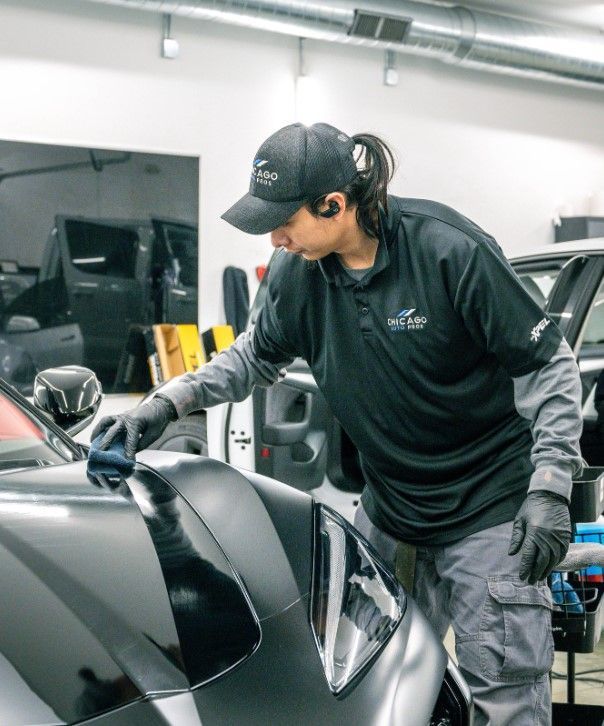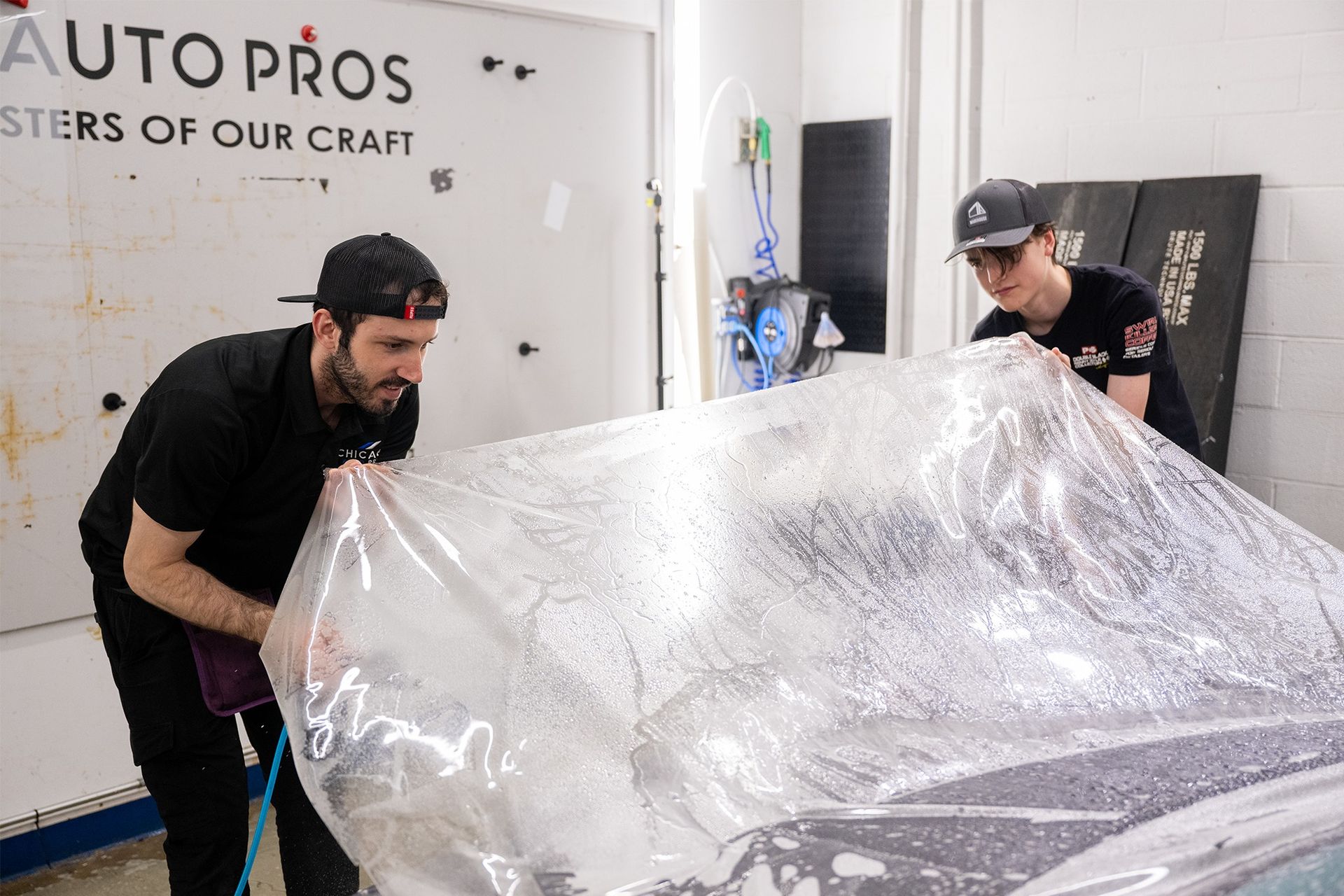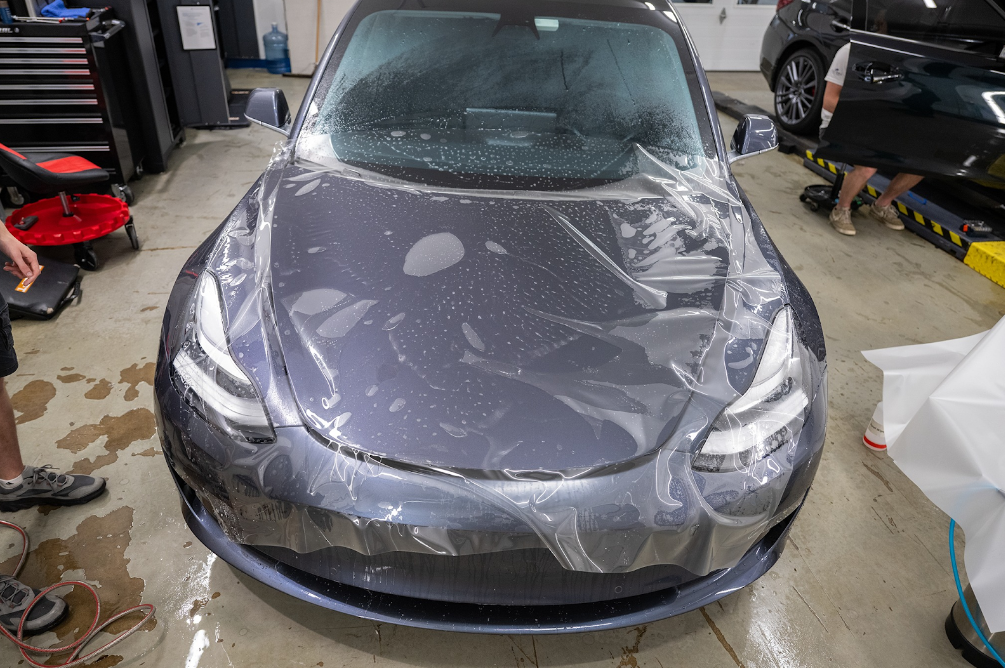The Science Behind Window Tint Technology: How It Works and Its Benefits
Window tint technology uses advanced materials such as ceramic particles and other proprietary components to block or absorb varying levels of ultraviolet (UV) and infrared (IR) rays, reducing heat buildup inside the vehicle while protecting the interior from UV damage. This technology also enhances privacy and reduces glare, providing a more comfortable driving experience. Let’s discover more about the science behind auto window tinting!
How Auto Window Tints Work
At first glance, a layer of film might not seem like much. Upon closer inspection, window tint is a thin, almost see-through film that often feels a bit like plastic. So, how can this tiny film make a significant impact on the comfort and safety of your vehicle? It all comes down to some fascinating science and smart design.
These magical films are made up of multiple layers with metallic particles, ceramic particles, or dyes—each tailored to manipulate light for its unique purpose. Metallic particles might be tiny pieces of metal (usually aluminum) that reflect the sun's damaging rays away from your vehicle’s interior, reducing internal heat. On the other hand, ceramic particles block heat without interfering with electronic signals.
These films come in various shades and colors. That means when you get them installed by a professional, you aren't just choosing between "light" and "dark." You're picking out films that match your style and preferences—giving your car that extra swanky look while keeping it protected from harsh sunlight.
Understanding how these laminated films manipulate light and block specific types of radiation is key to making an informed decision about which type of window tint is best suited for your vehicle.
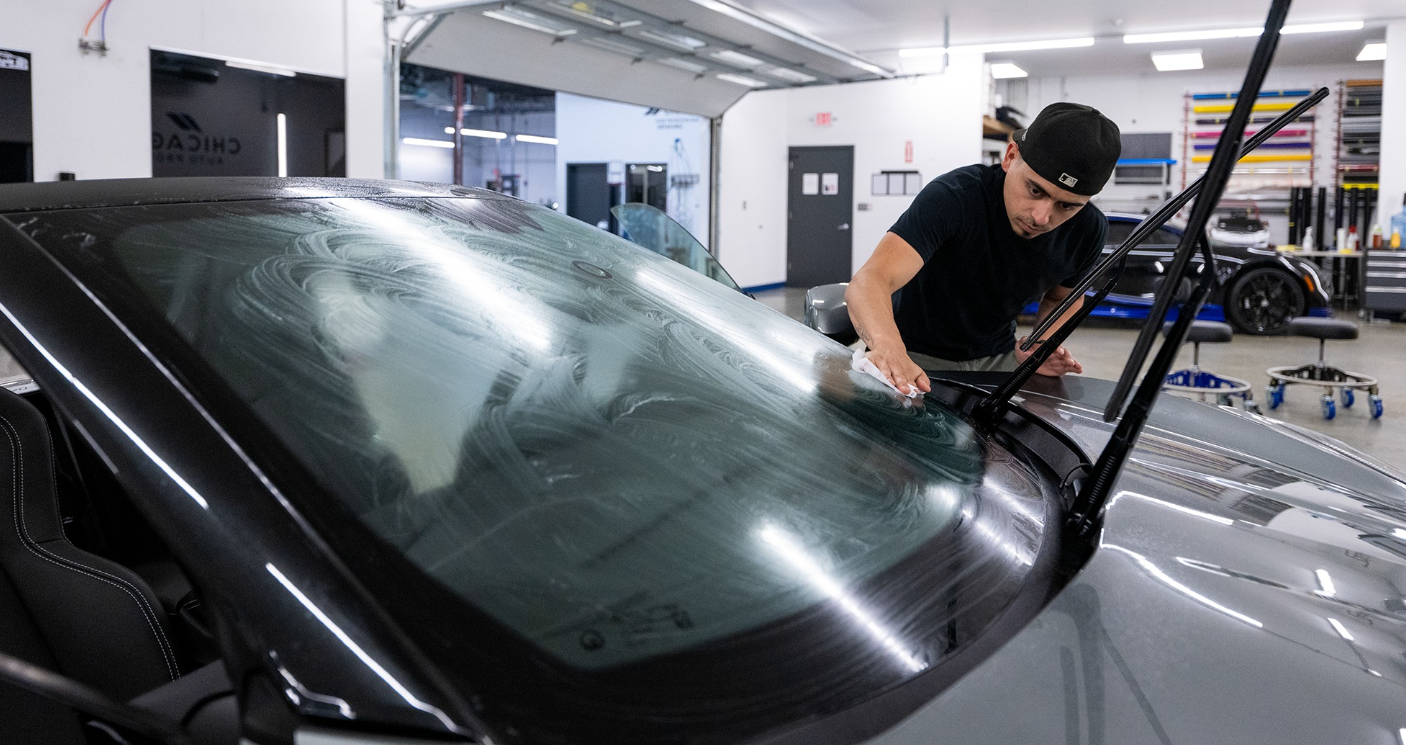
The Impact of Visible Light Transmission
When considering window tinting, visible light transmission (VLT) becomes a primary point of focus. VLT refers to the amount of light that can pass through a tinted window. Various percentages of VLT correspond to different levels of light entering a vehicle or home through the windows. A lower VLT percentage indicates reduced light penetration and results in darker windows, while a higher VLT percentage results in lighter-tinted windows with more substantial light transmission.
The application of window film with differing VLT percentages significantly alters the appearance and performance of the tint. Understanding these percentages is crucial, as they not only influence how dark the tint appears but can also have legal ramifications due to regional regulations that dictate permissible VLT percentages for vehicle and home window tinting.
When selecting a window tint with specific VLT percentages, it's essential to understand how much light you want to allow into your vehicle or home. Familiarity with VLT percentages is vital given their role in legal compliance across numerous regions.
VLT doesn't just affect tinted darkness; it has broader implications. For instance, very low VLT may impede visibility and safety in certain driving conditions, while excessively high VLT might expose you to harmful UV rays and excessive heat.
It's imperative to keep in mind that local laws often regulate VLT limits for vehicles and building windows for reasons such as safety standards, heat control, or privacy concerns from high-VLT tints.
Understanding visible light transmission is essential to making informed choices about window tinting. It directly influences both the aesthetic and functional aspects of the tint, ensuring that an optimal balance between light passage, aesthetics, and legal compliance is achieved.
The Role of Infra-Red in Ceramic Tints
Have you ever touched a beat-up car sitting in summer sunlight, only to feel as though you’ve burned your hand? That’s the power of infra-red (IR) light—the same as visible light but with longer wavelengths—warming up anything it contacts. This effect is especially noticeable in cars: they can become unbearable to sit in due to the heat trapped by the windows. This is where ceramic tints come in, offering a clever solution that goes beyond what regular films offer.
Ceramic tints are designed to block IR light, which is responsible for transferring heat. Unlike traditional tinting materials made with dyes or metals that absorb heat, ceramic tints are capable of reflecting a significant amount of IR rays due to their unique nano-ceramic particles. By intercepting IR, they work wonders at maintaining a cool interior temperature when the outdoors feels like an oven.
Maintaining a comfortable vehicle interior becomes quite challenging during sweltering hot summers and in sizzling sunny climates. Ordinary tints might not be enough, hence the surge in popularity of ceramic tints. The ability to stave off heat is particularly valuable for long drives, ensuring you remain cool and collected even under intense sun exposure.
The Technology Behind Ceramic Tints
So, what makes ceramic tints so good at trapping heat before it enters your car? It's all about the tiny ceramic-based nanoparticles embedded in the film working as staunch gatekeepers against infrared light.
In hot and sunny climates across many regions of the United States, ceramic tints have emerged as exceptional additions to vehicles. Not only do they help shield against UV rays and offer aesthetic appeal, but more importantly, they make sure that the drive remains enjoyable by keeping the cabin at an ideal temperature.
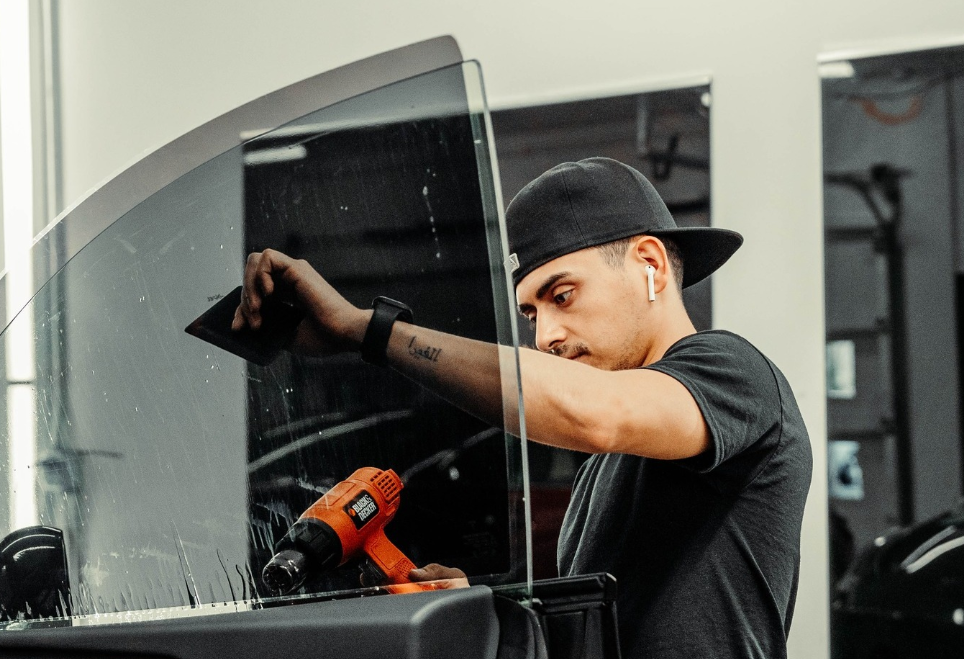
Legal Considerations for Window Tinting
When it comes to window tint darkness and Visible Light Transmission (VLT) percentage, jurisdictions prescribe specific, non-negotiable regulations. These rules exist for numerous reasons — from safety concerns to law enforcement visibility requirements. It's crucial to be aware of these legal limitations to avoid potential fines or penalties.
Specific limitations define how much light can enter through the film material. There is a straightforward way to ensure compliance: check local laws and regulations or consult a professional window tint installer who is familiar with the regulations for guidance on adhering to legal requirements.
So, if you plan on getting your windows tinted, it's important to familiarize yourself with local regulations before choosing the level of darkness you want. This also ensures that your chosen window tint is compliant with the law.
Ensuring compliance with legal standards is not just about avoiding fines; it's also about ensuring that your safety and that of others on the road are not compromised. Understanding these legal considerations can lead to making informed decisions about selecting the appropriate window tint for your vehicle.
Conclusion
Understanding the science and legality behind window tint technology is crucial before deciding to get your windows tinted. It not only keeps you within the bounds of the law but also ensures safety and peace of mind. If you're ready to get window tints installed by experts who understand these critical aspects, contact us today or give us a call at 630-474-9263.
We Make Your Car Look Beautiful
Founded with an unquenchable desire for automotive perfection, Chicago Auto Pros is a leader in paint protection efforts and aesthetic vehicle detailing services in Chicago, Illinois. When you bring your automobile to our Chicago-based detailing shop, you are sure to experience unmatched integrity, customer service excellence, and above all, absolute automotive perfection from the inside out. Choose the right auto detailing team - choose Chicago Auto Pros!
Lombard Location
207a Eisenhower Ln S, Lombard, IL, United States
Glenview Location
2075 Johns Ct, Glenview, IL, 60025, United States
Additional Service Areas
Tesla & EV Detail Specialists
Services Offered
Quick Links
Proudly written and crafted by the team at Detailers Roadmap,a platform developed for detailing operations across the globe.
All Rights Reserved | 8bitcreative LLC | Chicago Auto Pros



